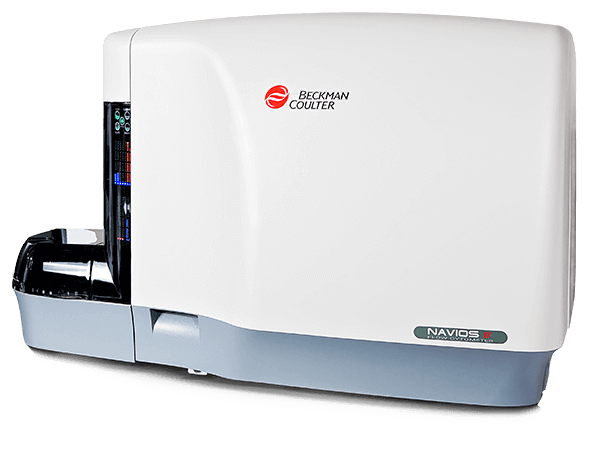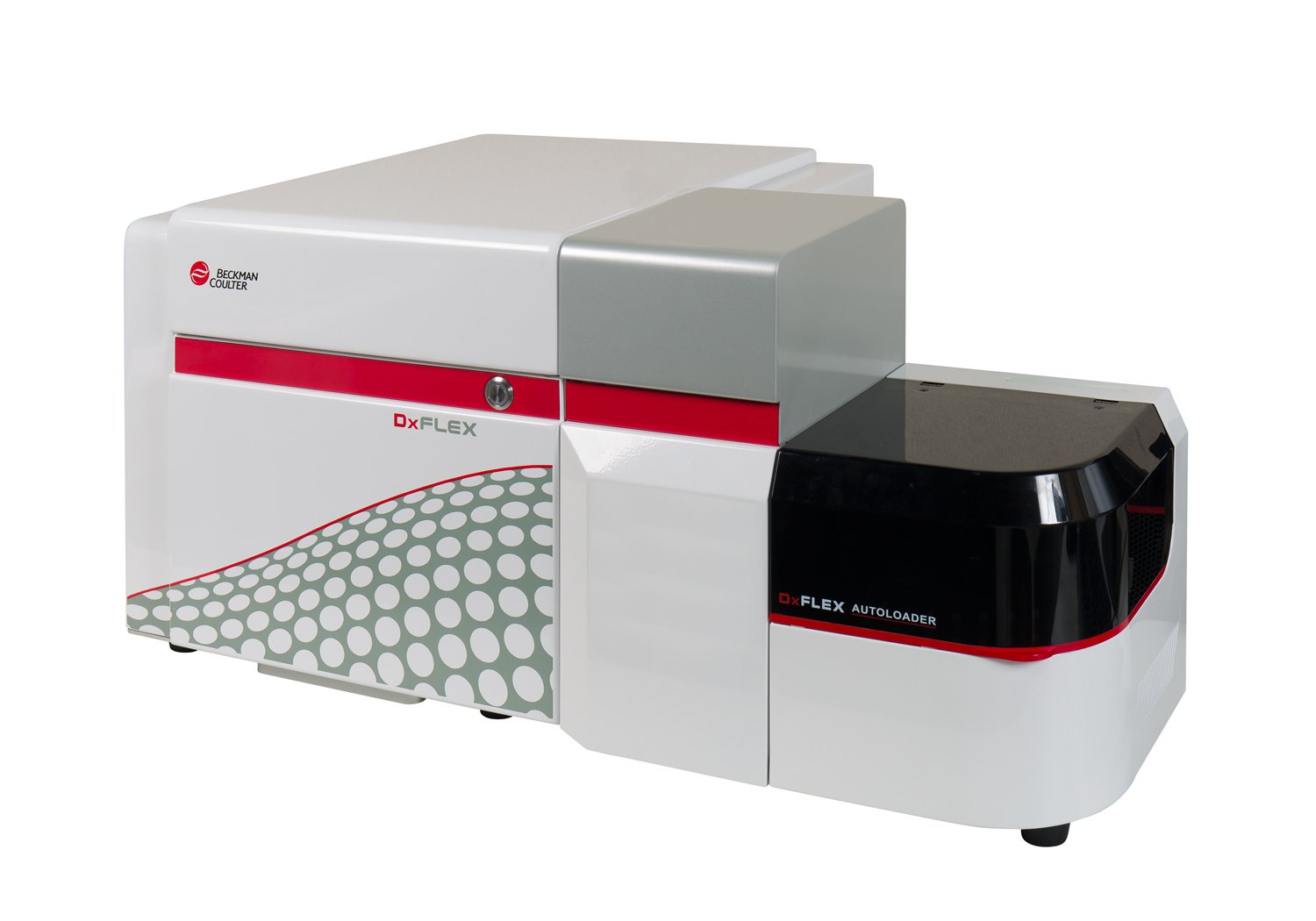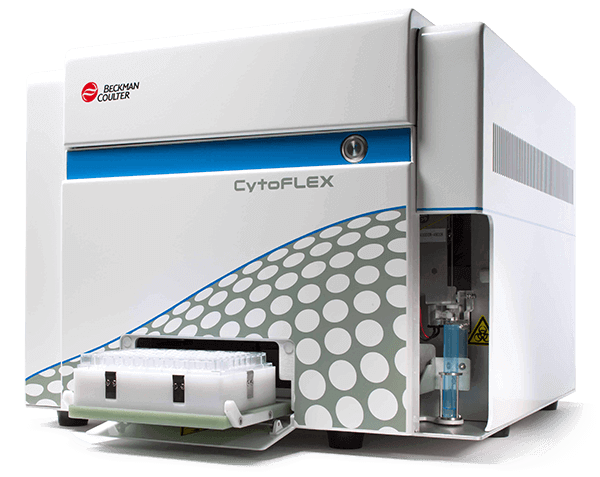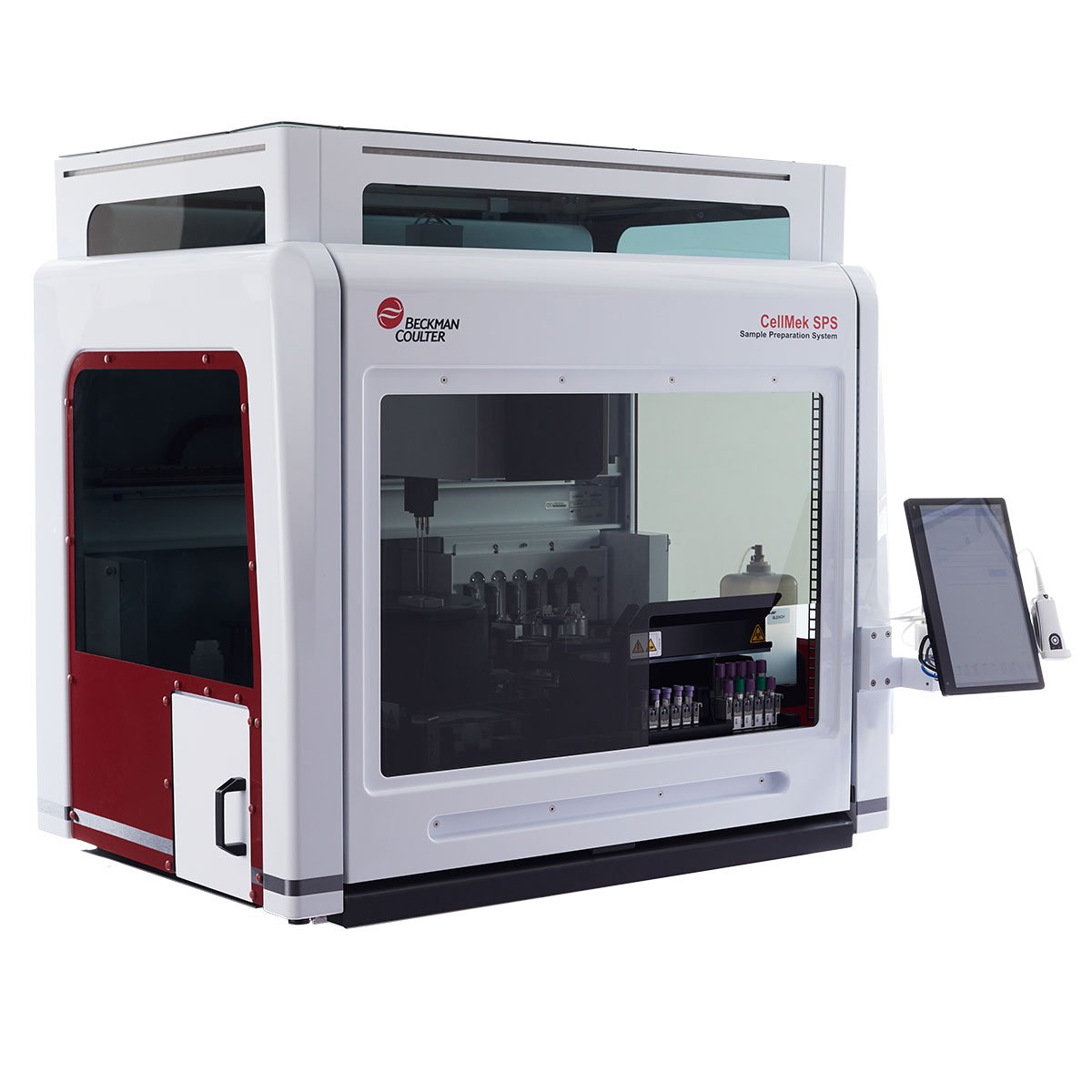Myeloperoxydase Antibodies
Myeloperoxydase (MPO) is an heterodimeric glycoprotein of 150 kDa with an α2/β2 structure. The two subunits (α and β) have a molecular weight of 55 and 15 kDa, respectively. MPO synthesis occurs in bone marrow at an early stage of myeloid lineage differentiation. MPO is specifically expressed during promyelocytic formation, the stage at which azurophilic granules (or primary granules) are formed. MPO is still found in mature myeloid cells, becoming the major constituent of azurophilic granules of neutrophils. MPO is stored in polymorphonuclear neutrophilic granules and in macrophages, but it is not expressed in lymphocytes, platelets and erythrocytes. MPO catalyzes the formation of hypochlorous acid (HOCl) in the presence of active oxygen (H2O2). Intranuclear MPO may also help to protect DNA against damage resulting from oxygen radicals produced during cell maturation and function.
| Clone: CLB-MPO-1 | Isotype: IgG2a Mouse |
| The CLB-MPO-1 antibody recognizes MPO and its enzymatically inactive form. This antibody can be used to detect intracytoplasmic myeloperoxidase in flow cytometry after permeabilization with IntraPrep permeabilization reagent. | |






